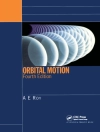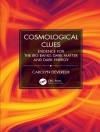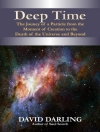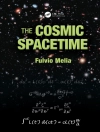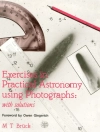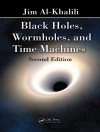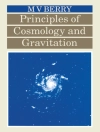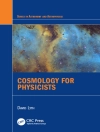In our quest to elucidate the origin of the universe and the formation of galaxies, particularly that of the Milky Way in which we live, astounding progress has been made in recent years through observational and theoretical studies. Not only have gigantic surveys covering a large fraction of the sky brought statistics enlightening evolutionary paths of galaxies, but powerful instruments, such as radio interferometers and ground- and space-based op- cal/infrared telescopes, have been able to map individual objects with high sensitivity and spatial resolution. Yet we do not fully understand the physics behind the observational results, and a number of unsolved problems need to be discussed, such as: What is the origin of disks and spheroids and which form ?rst? What determines the global star formation rate in galaxies? How in?uential are the environment and interactions for nearby galaxies? What causes starburst and AGN activity in galaxies? In order to discuss and make progress on these important questions, aided by recent observational and theoretical work, we organized a symposium en- tled “Mapping the Galaxy and Nearby Galaxies”, on 26 June – 30 June, 2006, at Ishigaki island. Ishigaki is a tropical resort island located about 1000 km south-west from the main island of Japan and surrounded by a coral reef and beautiful white sand beaches. Ishigaki is also the site of one of the 20 m radio telescopes in the VLBI Exploration of Radio Astrometry (VERA) network, which is operated by National Astronomical Observatory of Japan.
Daftar Isi
Basic Components of the Galaxy and Spiral Galaxies.- The Galactic Center and Central Region of Galaxies.- Nearby Galaxies.- Galactic Evolution and Environment.- Poster Papers.
Tentang Penulis
Keiichi Wada, Dr. Associate Professor, Division of Theoretical Astronomy, National Astronomical Observatory of Japan


